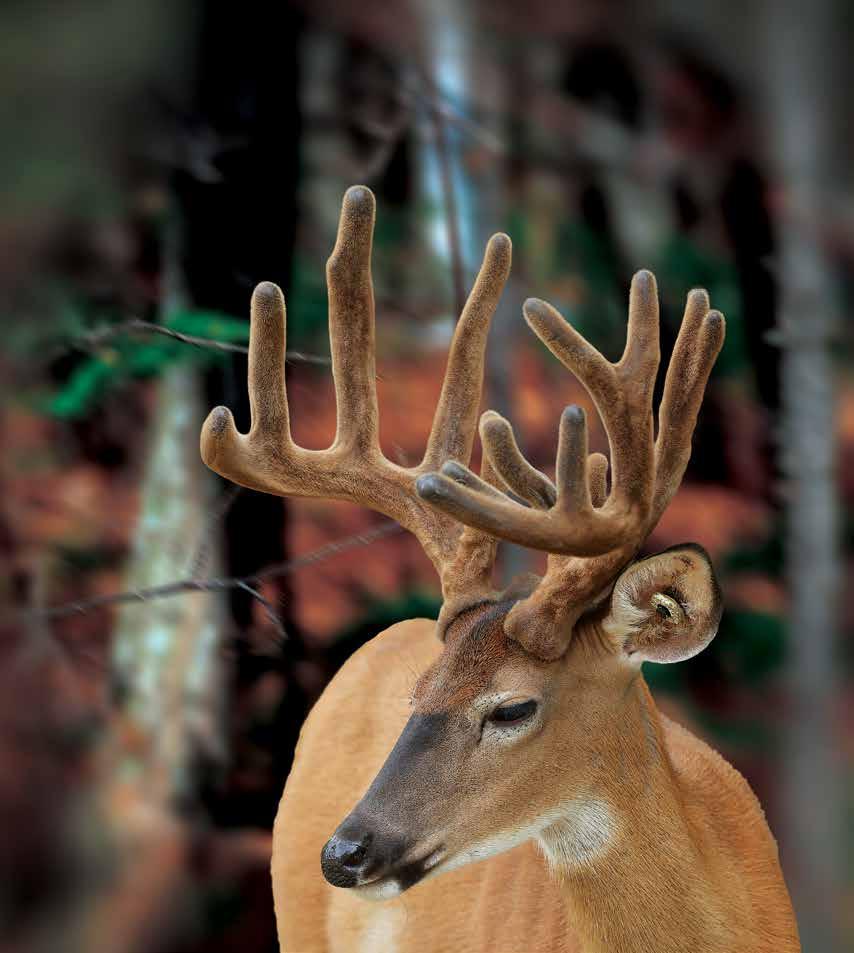


Spring 2023 l Volume 6 l Issue 1 NEW YORK New York Deer and Elk Farmers Association Jumbo Classic / Danger / Hardcore / Heather Classic Danger@1 FLORIDA OFFERS LESSONS ON DISSUADING, REDUCING WILDLIFE PREDATORS SPONSORED BY SETDA ANTLER REPLICATION TECHNIQUES WHICH ONE IS RIGHT FOR YOU Sponsored by MDA INVEST IN SEMEN STRAWS WISELY AND THOUGHTFULLY SPONSORED BY UDFOM MEET THE TEAM D&K Design, Sam Uchytil Photo By: Roger Bailey
FEEDING DIRECTIONS: WHITE-TAILED DEER:
• Fawns up to 1 week of age: Feed 16 oz. of formula daily, divided into 4 – 6 feeding.
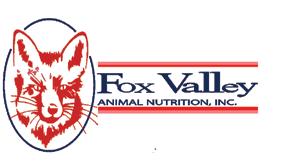
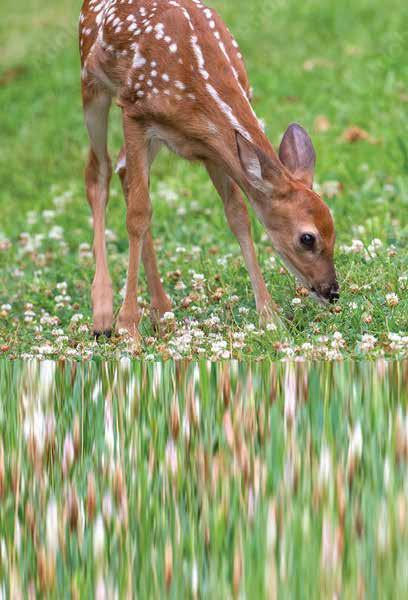
• Fawns 1 week to 1 month of age: Feed 24 to 30 oz. of formula daily, divided into 4 feedings.
• Fawns 1 month to 2 months of age: Feed 30 to 35 oz. of formula daily, divided into 2 to 3 feedings.
• Fawns 2 months to weaning: Gradually decrease formula and number of feedings to approximately 15 oz. of formula once daily until fawn is fully weaned at 12 to 14 weeks of age. Provide a weaning diet and fresh clean water to the fawn. For oral use only. These feeding directions are guidelines. As each animal is an individual, the feeding rate may be increased or decreased according to the needs of the neonate.
Feeding directions for other species can be found on our website.
• All-Milk Protein from Premium Food-Grade Milk Ingredients


• Essential Vitamins and Complex Minerals
• Balanced Fatty Acids
• Improves Digestion
• Promotes Growth and Performance
• No Refrigeration Needed
• Easily Palatable
• 18 Month Shelf Life
• Available in 20# & 8# pails
• 24/7 Technical Advice & Support

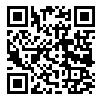
Nick Vlamis, President Email: nklc@aol.com www.foxvalleynutrition.com DAY
Species
for Whitetail , Mule Deer & Elk “Better Than Mother’s Milk” DON'T LOSE A FAWN THIS YEAR TO POOR NUTRITION (847) 687-3200 (800) 679-4666 Now - April 30
ONE FORMULA
- Specific
BOARD OF DIRECTORS
PRESIDENT
Dave Vanderzee
Easton View Outfitters
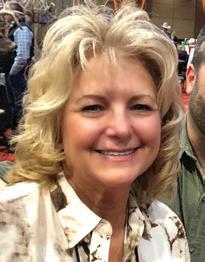
518-210-8889
eastonviewoutfittersllc@gmail.com
DIRECTORS
MIKE KERRY
Four Season Whitetails 315-783-2848
fourseasonwhitetails@hotmail.com
Robert Root
Moriah Elk Farm 607-657-8069
rootnyelk@aol.com
Tom Peryea 518-561-3555
tomselkranch@juno.com
TIM RATER
French Creek Whitetails 570 Maple Ave Clymer, NY 14724 716-355-8870
timrater21@gmail.com
MIKE ROSENWIE
Concord Whitetail Scents 12495 Kern Rd Springville, NY 14141 716-912-7314
rosey9473@hotmail.com
MIKE CZORA
Prime Whitetails 336 Woodruff Rd Rush, NY 14543 585-330-9100
mike@primewhitetails.com
WAYNE HETTENBAUGH
Valley View Whitetails NY 4496 RT 241 Randolph, NY 14772 716-499-9367

whett6@hotmail.com
DAN JENNINGS
JB
1 ADVERTISERS INDEX Blessed Bayou 25 C&E Wildlife Products 15 Cervid Solutions, LLC 20 CuddliEZ ........................................................ 13 Dan-Inject North America 14 Ezid, LLC 13 Fox Valley Animal Nutrition, Inc In. F. Cov. Head Gear, LLC 22 Hilty Whitetails 12 Illini Whitetails 4 Jo Jo’s Whitetails 10 Major League Whitetails Back Cover Mountain Side Whitetails Front Cover NexGen Animal Health .............................. 21 Pine Creek Deer Farm 8 Pneu-Dart 17 Prime Acres Whitetails 7 Purina 9 Springfield Whitetails 3 Thompson Trophy Whitetails 27 Trophy Whitetails In. B. Cov. Woodard Whitetails 5 IN EACH ISSUE Advertising Information 19 Business Card Advertising ............................ 11 Member Message 2 Membership Application ............................. 24 Mulit-Membership Sign-Up 18,19 Recipe ................................................................ 23 Website Information - Deersites.com 15
NY
Farms 143 Beach Hill Rd New Ashford,
01237 413-822-1040 dan.jennings02@gmail.com
CONTENTS FEATURED ARTICLES: Antler Replication TechniquesWhich One is Right For You ...................................................... 16 Florida Offers Lessons on Dissuading, Reducing Wildlife Predators ..........................................................................6 Increasing Fawn Success – Advice from Experienced Experts ....................................... 28 Invest in Semen Straws Wisely and Thoughtfully ............... 18 Meet the Team - Sam 26 MAGAZINE GRAPHIC DESIGN AND PUBLISHING: D & K Design 305 E. 350 N., Ivins, UT
deerassociations@gmail.com P)
(Editorial Provided by Contributing Writers) MARK YOUR CALENDARS! SPRING MAGAZINE DEADLINE June 28th
84738
435-817-0150
NYDEFA MEMBER MESSAGE:
Hello NY Deer Farmers!
We are into spring and that means fawning season! Bucks are starting to grow out, It is such an exciting time of the year. I have been to a lot of events this past winter. First off was the Chupp Auction, next was the Northern Top 30. After that was the NAD e FA Conference. I made it to all three events, all were very well attended It appears that good pedigrees still bring in good money. I had a great time at the Nadefa Conference. I was pleasantly surprised to see some other NY Deer Farmers there as well. Mark your calander to attend one of these great events in the future, there is so much to take in. You will not be disappointed. Also I want to thank Dan Jennings for setting up a NYDEFA Booth and allowing me to ride along to the conference. It was greatly appreciated.
Also thanks to everybody that came to my farm in April. we had a great time swapping stories and enjoying some great food. Wishing everybody big healthy fawns!
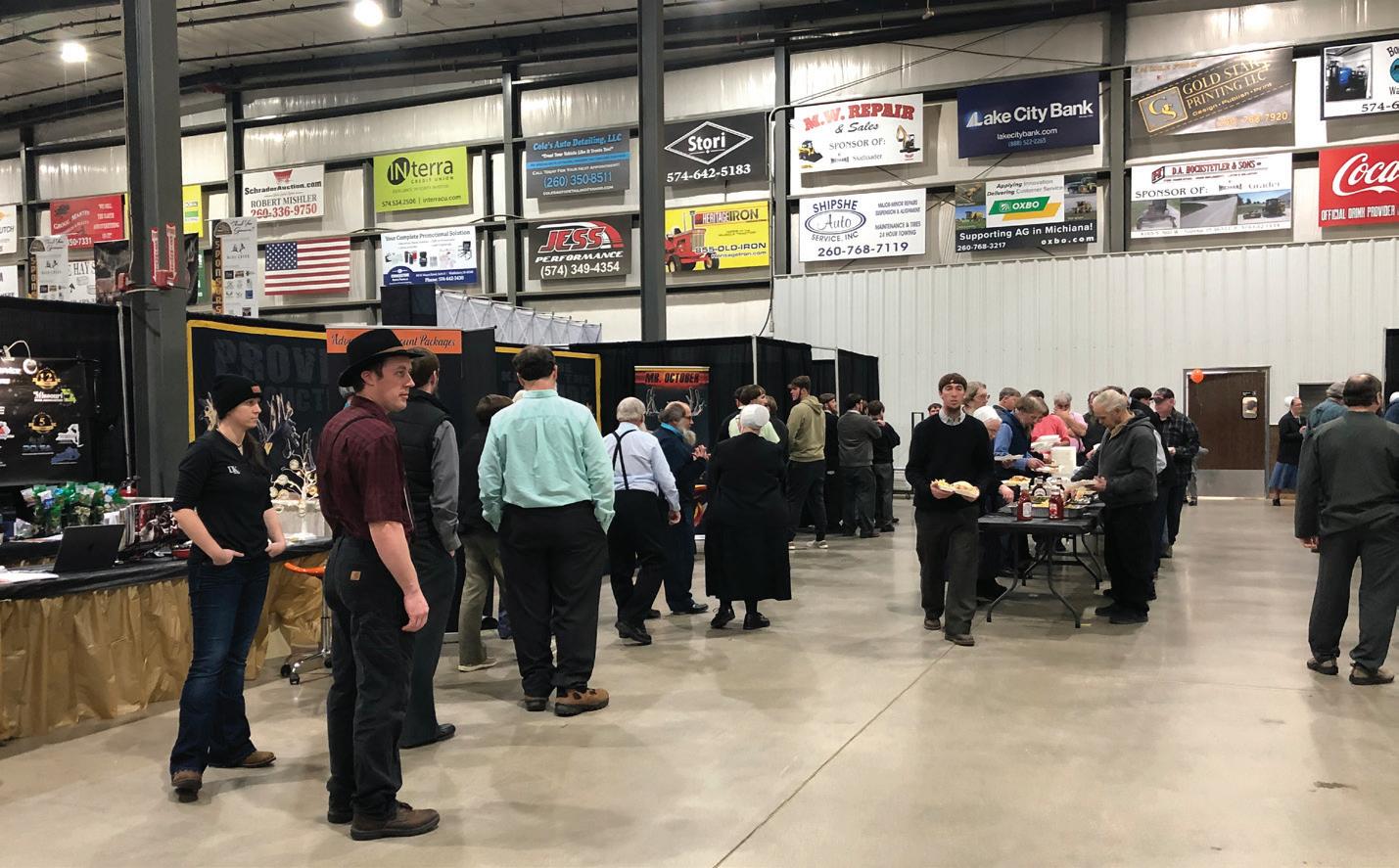
 Dana Hoover, Owner of Mountain Side Whitetails
Dana Hoover, Owner of Mountain Side Whitetails

If you have any questions regarding the NYDEFA membership or association dues, please Call Dana at: 315-595-2202
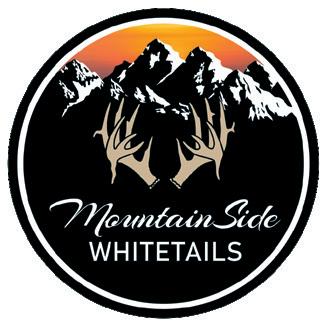
2
NYDEFA Member
NYDEFA Spring Event held at Mountain Side Whitetails
Northern Top 30 held in Shipshewana, IN
NADeFA Annual Convention held in French Lick, IN



FLORIDA OFFERS LESSONS ON DISSUADING, REDUCING WILDLIFE PREDATORS
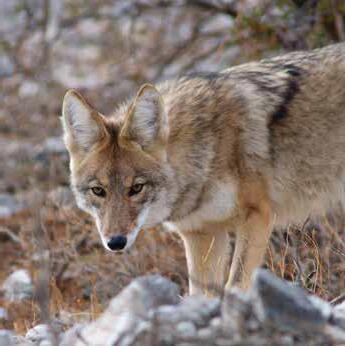 By: Gail Veley • Sponsored by SETDA
By: Gail Veley • Sponsored by SETDA
When asked whether wildlife predators or cervid diseases are a bigger threat to cervid longevity, SETDA Board of Directors Member Bill Leffler didn’t hesitate to offer an answer. “Can you stop a panther or coyote with a vaccine?” he asked. “We have predators all year long. Not diseases.” At his deer paradise he’s operated for seven years, 2 Base Down Farms in Morriston, Florida comprised of a 107-acre typical breeding farm and 325-acre hunting preserve, Leffler, like all conscientious deer farmers, defines a predator as “anything that can hurt or kill a deer.”
In the warmer, tropical and inviting climate of Florida, a wider variety of predators are more abundantly found than in colder or more northern
climates. According to internet research, the Number One common predator in Florida is the American alligator, where it is estimated more than 1.3 million thrive. Of the 410 recorded alligator attacks on humans in Florida since 1948, 25 resulted in death. “I’ve lost black buck fawns to alligators,” Leffler, 64, said. The second most-deadliest common predator after the alligator is the black bear followed by the bull shark, jellyfish, fire ants, rattlesnakes, ticks, feral pigs or boars, mosquitoes and coyotes. While panthers are also considered a deadly predator, they are also highly endangered with an estimated 120-230 left in the wild, making them more elusive and difficult to reduce.
The Florida Fish and Wildlife Conservation Commission creates, enforces and regulates rules regarding all classes of wildlife within its borders. Yet, no matter what type of wildlife predators may threaten your deer farm, the first step in managing them is complying with the rules and regulations in your particular state regarding their reduction, Leffler emphasized. According to Florida Fish and Wildlife, predation management plans, aimed at reduction rather than elimination, often can be put into play when evidence of predators causes a reduction in game populations, and a regulated harvest of that animal is not adequate control. In addition to following state regulations and protocol for trapping and reduction, deer farmers often design their farms to simply deny predator access. “One of our biggest problems besides coyotes are wild dogs that have been turned loose who form packs,” Leffler said. “The only way to keep them out is to take predator wire and put it on the outside of your perimeter fence with

galvanized wire and hog-ring crimped to the bottom. When a canine attempts to dig under it, it will stop it. Or you can run electrified wire approximately eight to 12 inches off the ground.” Perhaps just as important as sufficient fencing is the comfort that in Florida, coyotes can be shot year-round as they are not protected or endangered. While some deer farmers use crops and blackout or shade cloth to “hide” their animals, it is not nearly as effective as taking the necessary steps to keep them outside your fencing.
In addition to canines, bobcats can cause considerable headaches to deer farmers during fawning season as they can easily climb fences and jump high into the air in pursuit of prey. Florida law permits legal unlimited “bagging” or hunting of bobcats during fur-bearing animal season which runs from December 1st through March 1st each year. However, other fur-bearing animals such as disease carrying raccoons, possums, skunks and squirrels can be hunted year-round and can create even greater risks to deer than migratory birds like ravens, if they urinate or defecate on feed. “In the end, utilizing a licensed trapper to help you can be an invaluable asset. Your best defense is to also know what predators you may be up against, and work compliantly with your state to devise a plan to protect both you and your deer as you reduce the insult to farming,” Leffler emphasized. “Your knowledge and efforts will pay off.”
6


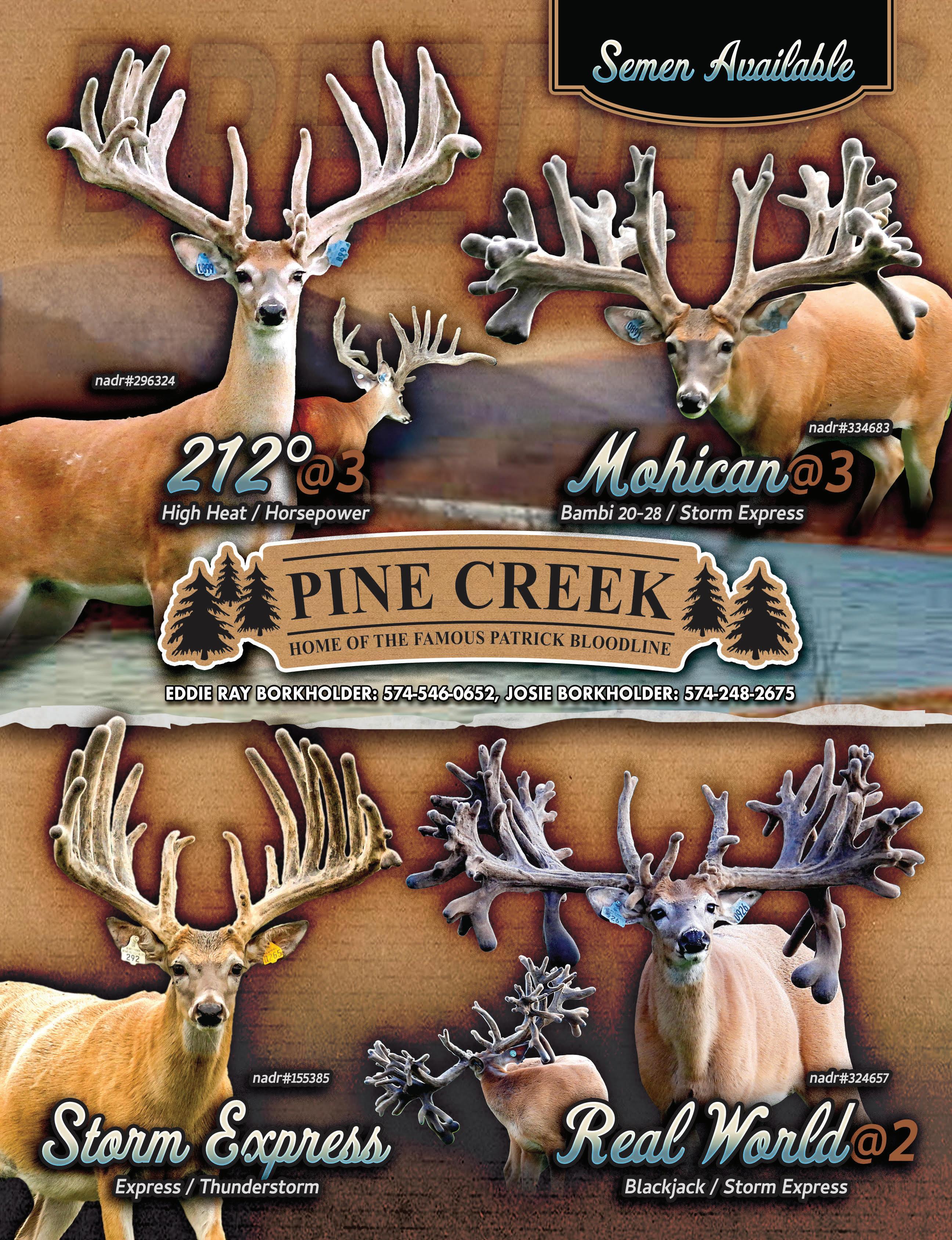


FREE business card ads for members of New York Deer and Elk Farmers Association



If you would like your farm or business featured on our business card pages, email digital pdf file or scanned image (must be readable resolution) of your business card to the email address below.
This gives NYDEFA members a way to reach out to one another for services and to buy or sell deer! There will be limited pages for these card spreads, first come first serve. The overflow would be placed in the next issue and cards will be rotated each quarter.
Email to: dana@ibyfax.com or call Dana at: 315-595-2202

14527

P 315.595.2202

F 315.595.8863
dana@ibyfax.com
Dana & Ella Hoover 4456 Champlin Rd. Penn Yan, NY
11
Raising Quality Whitetails Bucks, Does, & Fawns For Sale


Storm Express / Express / Silver Hawk 6.5 PRC HILTY WHITETAILS Noah & Sarah Hilty South Whitley, IN 260-248-1684

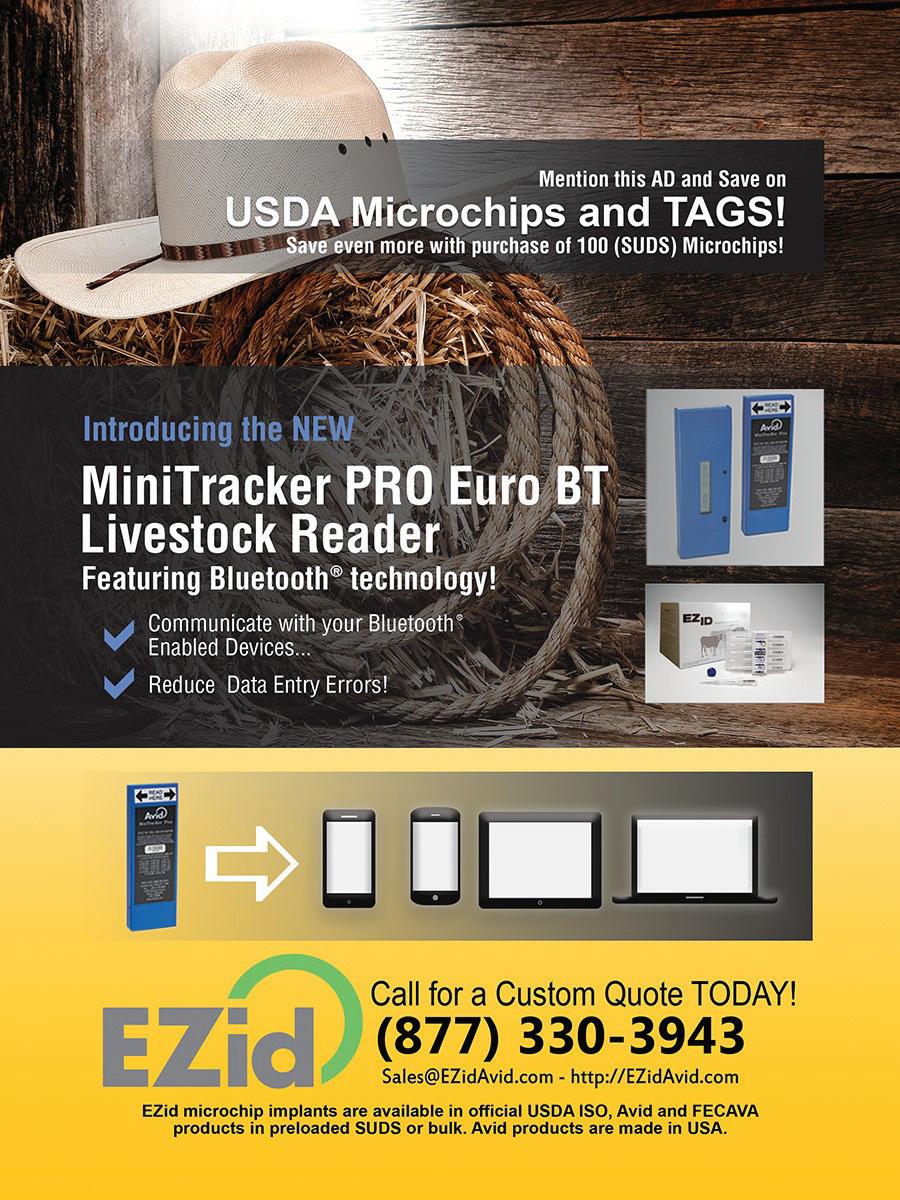
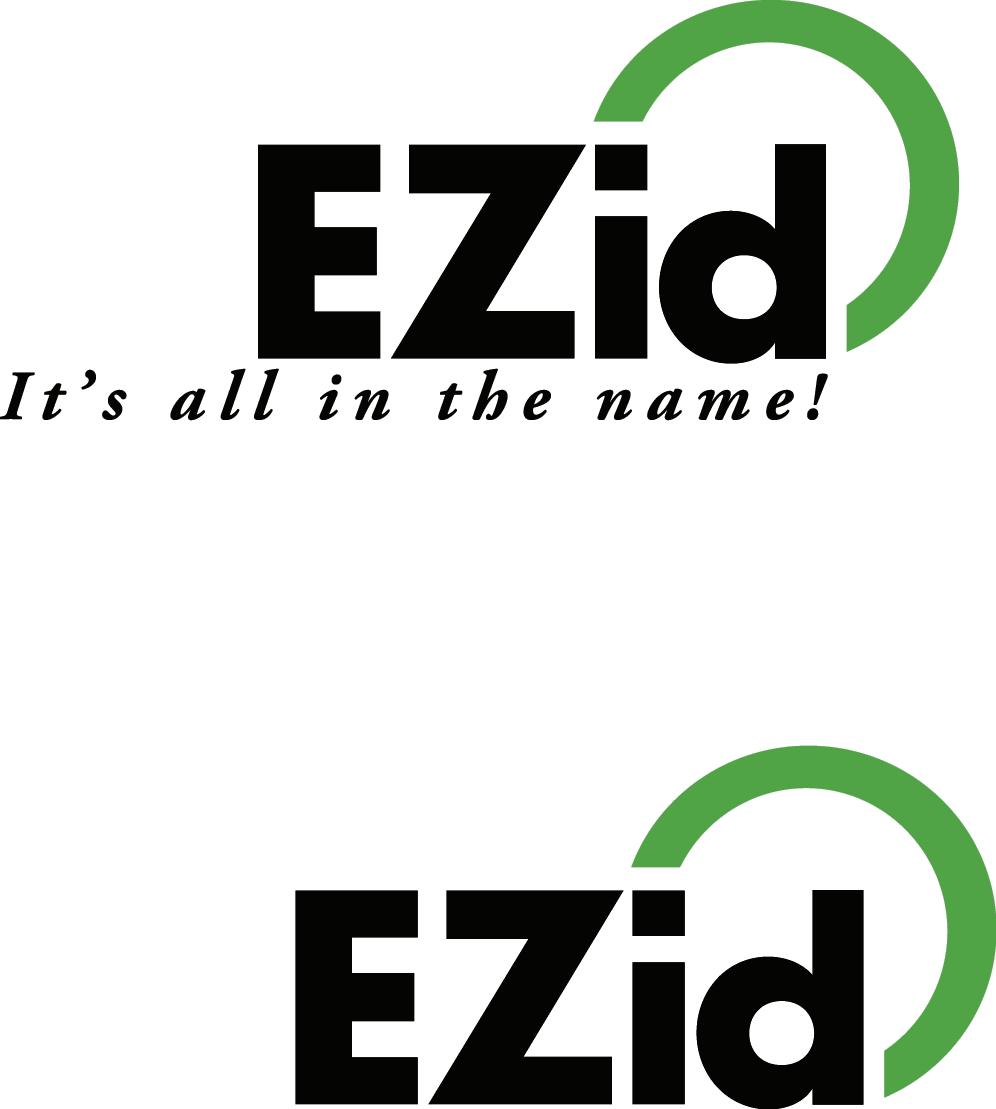


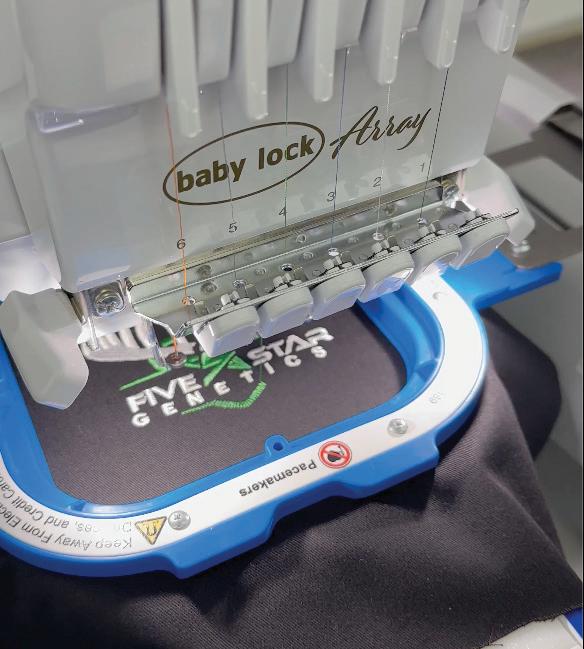
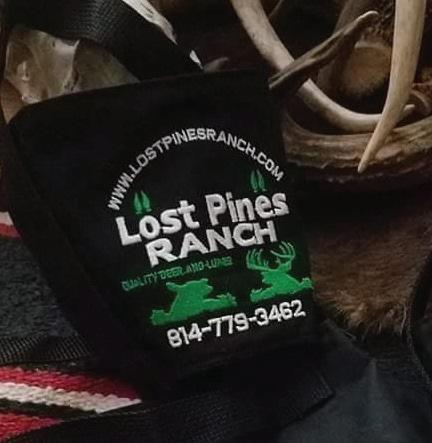
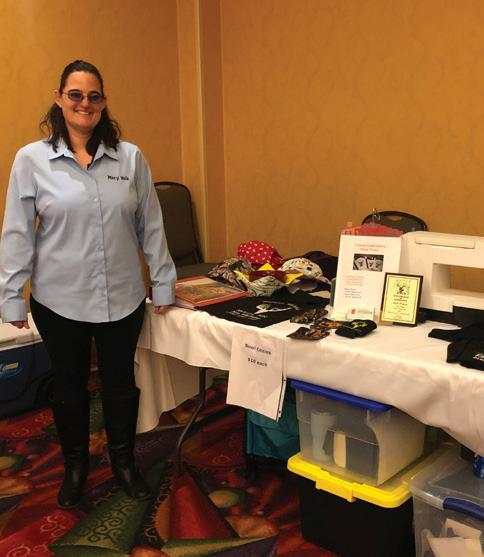
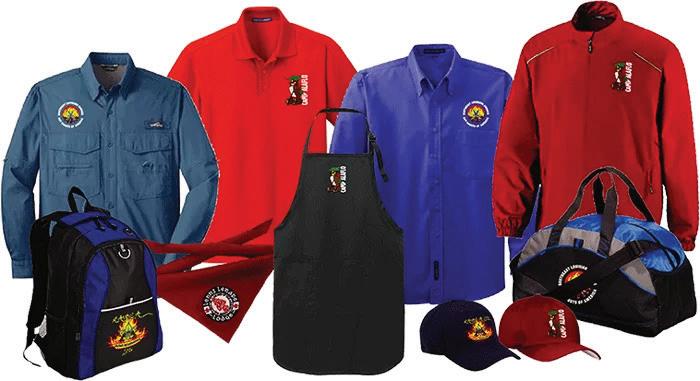
Micr ochips • USDA 15 digit ISO • 9 digit Avid and 10 digit Euro. Avid Reader s • Avid MiniTracker Livestock Reader specially priced. • Blue Tooth® option. • Dependable Fast, Accurate read EVERY Time! • U.S.A. made and service. Mention this ad And SAVE $10 on $200 or more purchase. For limited time only. Coupon: event 21 Limited time offer mention this ad for discount $ave Huge on MiniTr acker Reader and Save $10 on 25 microchip SUDS Mary Volk “The Mask Lady” 320.232.7493 cuddliez@outlook.com Deer Masks • Caps • Koozies • Apparel Custom Embroidery (Interactive video in Ebook) 13
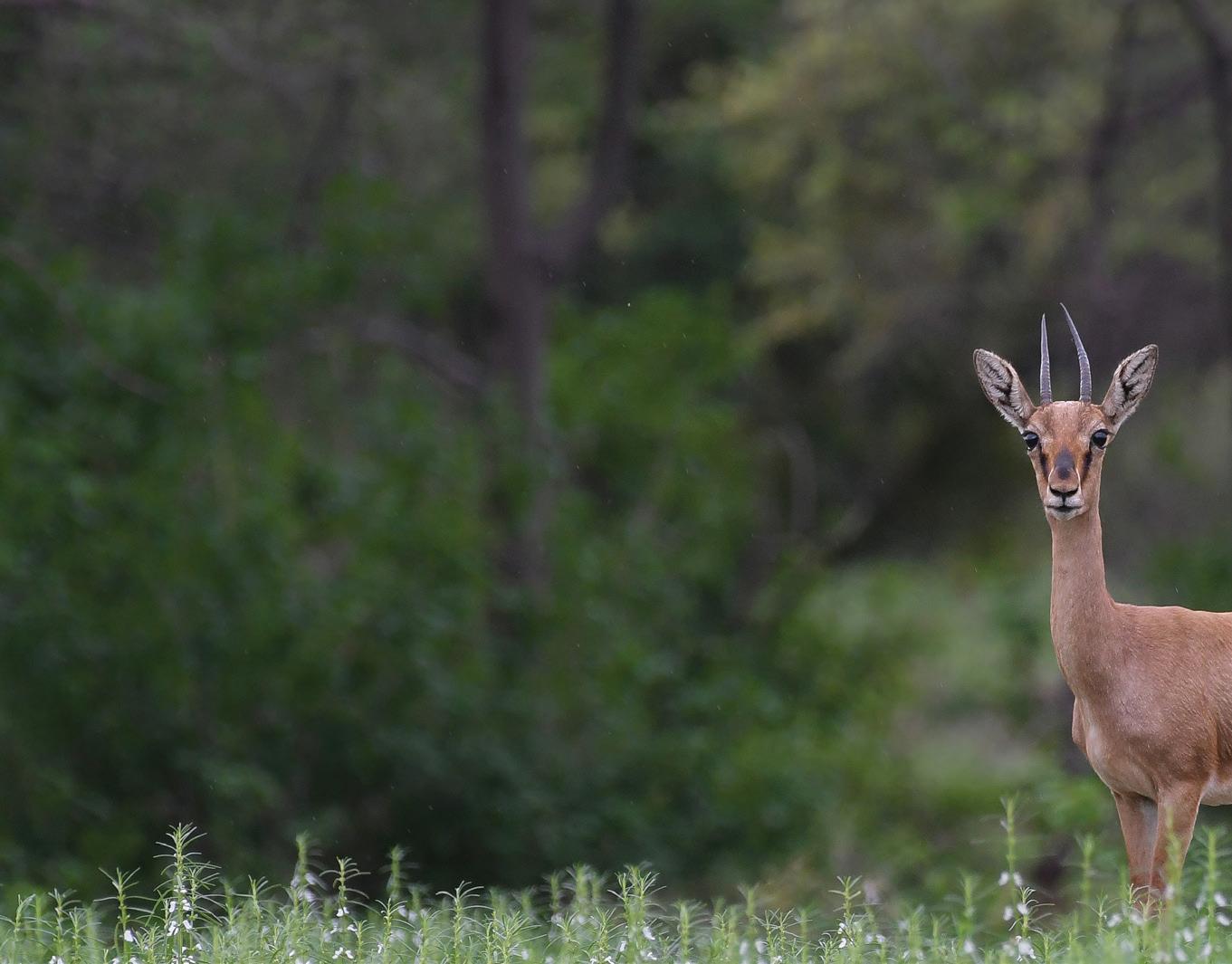




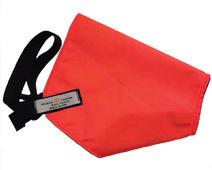





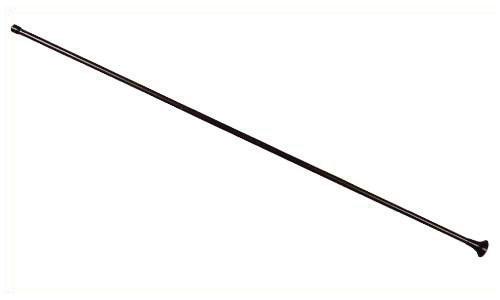
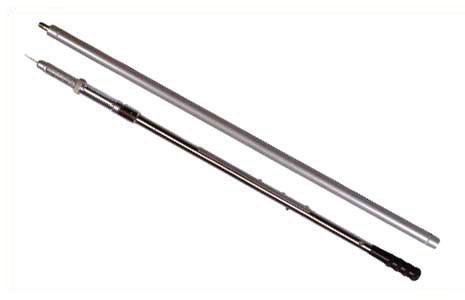







14 WildlifeCompanyGroup.com Let our 20+ years of experience in the field be yours 512-920-4757 orders@WildlifeCaptureEquipment.com 979-203-6735 info@DanInjectDartGuns.com HOODS AND MASKS NET GUNS & NETS DISPOSABLE DARTS CARRY RUGS C02 DART GUNS Use as close as 1 yard! Lightweight! Virtually Silent! Low Maintenance BLOWPIPES Made of Aluminum Won’t Bend or Break! JAB STICKS Fully Automatic. Liquid Releases within 1-1.5 seconds! PISTOLS Great For Short Range Shots! Side-Ported Needles Re-Usable!



15 Find us on Facebook! DK DESIGN & See ebooks for all our Magazines Check our calander for Cervid Industry Events accross the US Meet with our Journalist to have your own Farm or Business story published Sign up for Association Memberships and connect with other Cervid Farmers, Ranchers, and Enthusiasts! To View All Of Our Magazines in Ebook Format that Include Interactive Links Check Out Our Website: DeerSites.com For More Info Contact Deerassocitations@gmail.com
ANTLER REPLICATION TECHNIQUES WHICH ONE IS RIGHT FOR YOU?
By: Gail Veley • Sponsored by the Missouri Deer Association (MDA)
Antler replication has joined the digital world and may offer conveniences not available through traditional antler replication techniques. However, both traditional and digital techniques offer their own unique advantages. Making an informed decision about which one is right for you comes with weighing the pros and cons.
In creating an antler replica “you want someone to think that set is the real one,” said Jon Dittmer of Spring Creek Taxidermy in Coder, Missouri. “If you are also taking these antlers to shows they need to be strong and hold up. Compared to what I do to make a realistic and durable set of antlers, 3D scanning would be easy,” he added.
Traditional replication methods:
• Require the customer to ship or drop off the antlers and leave them with the replicator for an agreed period of time.
• Provide the finer details of each set of antlers including veins, hair line fractures and even gnarly bumps.
• Are generally as heavy and as durable as the original set.
• Come complete with a lifelike coat of paint producing the most natural look possible (as a result of working directly with the original set.)
Yet 3D scanning, through creating a digital copy of the antlers using handheld scanners, can provide the opportunity to produce a replica the exact same size or smaller or larger than the original set of antlers. “Scanning also creates a permanent digital copy stored in the computer to have on file for fabricating another copy,” offers Dan Perreault, President of Neometrix, a 3D scanning company. Most companies who offer 3D scanning services, for a fee, may be able to bring their scanning machinery to you, allowing you to maintain possession of your antlers. In addition, 3D scanning companies:
• Use laser lines and positioning targets approximately ¼ in diameter to measure antlers, generally taking about one hour to scan a 200-inch set of antlers. Scans can typically cost between $200 and $500.
• Offer same-size resin machine printing (stereolithography) as well as “CNC” computer numerically controlled printing, allowing the antlers to be reproduced on a smaller or larger scale.
• Typically use resin materials lighter than those used in traditional replication methods, potentially making them more fragile or prone to break if mishandled.
• May or may not offer painting services once the antlers are done being processed by the machine.
Costs for traditional antler replication as well as 3D scanning are determined by the size of the rack and the amount of inches involved, usually not making cost an overly significant consideration factor when deciding which route to take. Customers should also make sure their timeline to receive a completed replica coincides with their needs, no matter which method they choose.
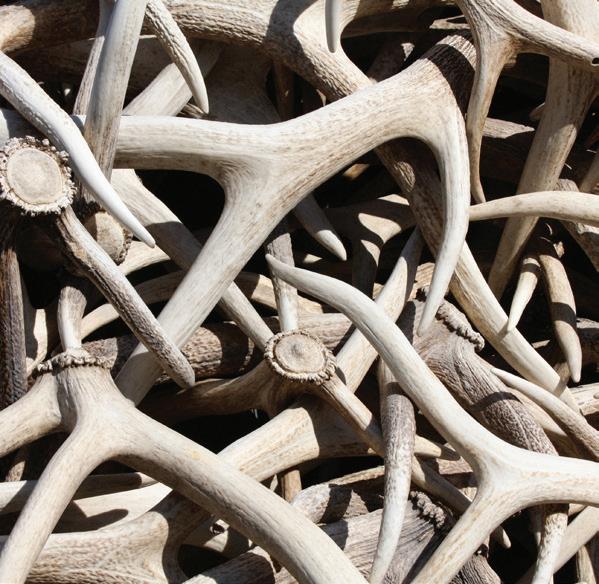
“Our customers have been happy with the results,” Perreault said. And while Dittmer is familiar with the 3D scanning process “there’s nothing as good or looks as real as traditional replication methods,” he said.

16
OUR RDDS ARE RIGHT ON TARGET





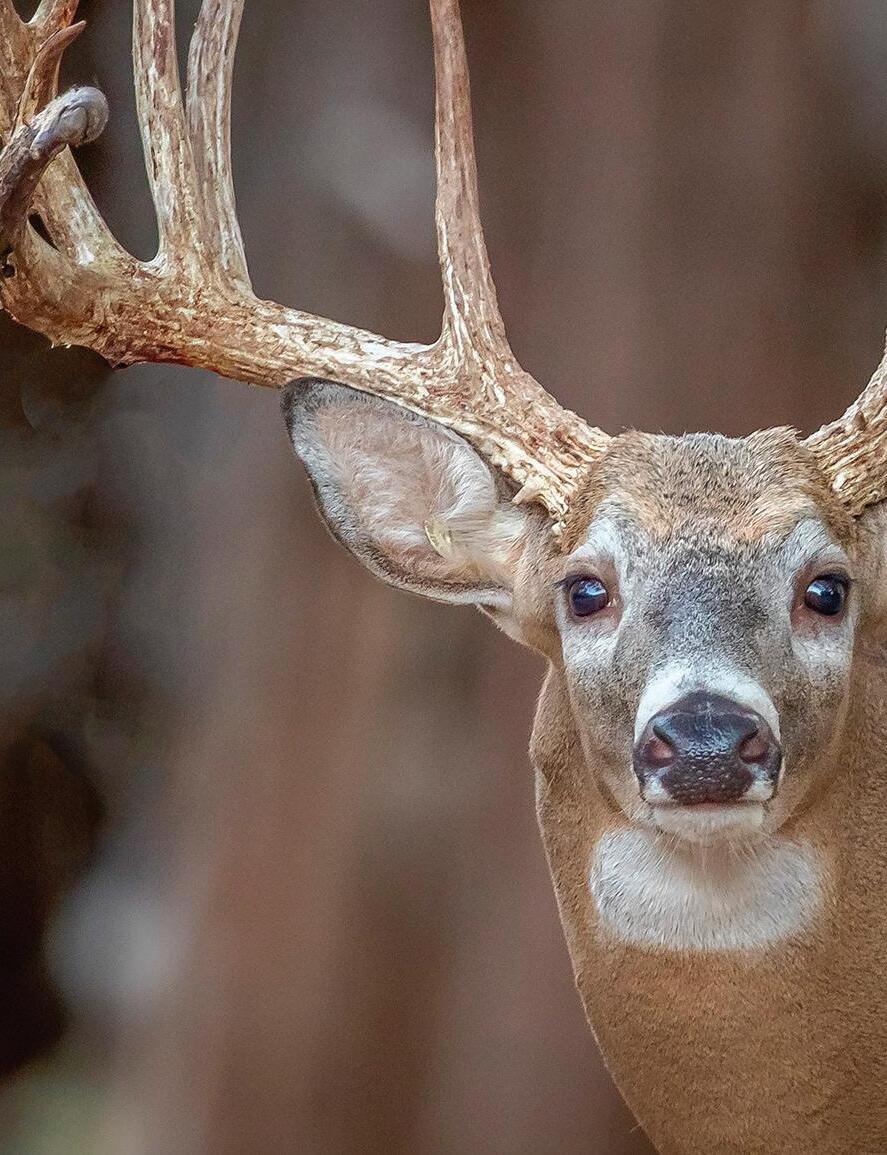
THANKS TO OUR PATENTED SLO-INJECT® TECHNOLOGY
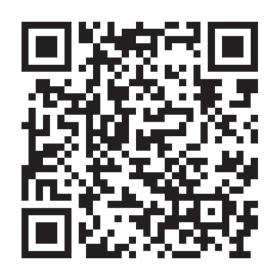
Our disposable RDDs are shorter in length and the lightest on the market thereby providing the ultimate accuracy while reducing the potential for problematic hematomas. Our Slo‑Inject® technology means that your medicine is delivered in the most effective manner possible. Pneu-Dart. Always right on target.



















PneuDart.com > 866.299.DART CELEB R ATING OFSE RVICE
Photo credit: Dan Verrips
INVEST IN SEMEN STRAWS WISELY AND THOUGHTFULLY
By: Gail Veley • Sponsored by UDFOM
Any deer farmer who’s bought semen straws for the last five to six years more-than-likely “has too much semen,” explains Alex Draper of DD Deer Farms in Clio, Michigan. Although semen straws allow a deer farmer to breed with perhaps the best buck on the market, that same buck may be replaced by another the following year with even better and more desirable traits, making semen straws of the previous year’s buck obsolete. “If you bought more semen from a buck than you can use in one breeding season, you may have wasted your money,” Draper advised.
Individual semen straws, which can vary greatly in price depending on the buck, typically cover two to three does through vaginal A.I. or one to two does through the use of an insemination gun. And while diversifying genetics can be the focus of a deer farmer each breeding season, Draper, 71, a deer farmer of 32-plus years, cautions to study conception rates and to consider your budget and goals beforehand. Should your budget allow for five semen straws, buy five of the same buck you desire to breed to, rather than one straw from five different bucks. “If you only buy one straw from one buck, and you only end up with one surviving fawn from that straw that dies later in the fall, you’ve lost the genetic potential of that entire straw,” he said. “Buy enough to make a difference. It’s better to make sure you end up with the offspring you were after. When you are buying semen, you also need a good grasp on genetics and should breed for paper (pedigrees) or better genetics going forward.”
However, even though keeping up with industry trends has it’s advantages, Draper, whose focus in the past few years has been on raising typicals, is

now charting a different course for his farm. This fall and in subsequent years to come, he will be focusing on genetic breeding values (GBV’s) which estimate an animal’s genetic merit for a particular trait and while defining the superiority or inferiority of it’s offspring. In the case of whitetail deer, Draper along with other deer farmers, are realizing the increased need to breed for CWD resistance. To this end, Draper may use some of the semen straws from his old inventory to help perpetuate this goal. “Be aware that some big bucks on the scene now have no GBV’s,” he said. To date, as a result of making informed choices about the purchase of semen straws, more than half of the breeder bucks on Draper’s farm possess the “SS” allele or better. Through his studies, Draper has found he likes “K’s” and “H’s” and anything equal to the “SS” allele but without a “G” link to it. Alleles, defined as one or two alternative forms of a gene that arise by mutation and are found at the same place on a chromosome, may strongly determine a whitetail’s potential resistance to CWD.
“Don’t get me wrong, I like my typicals, but most of the stuff that has favorable GBV’s has a more nontypical look,” explained Draper, whose background and professional engineering career centering around science is influencing him to move away from typicals, and later go back to them when genetics are more favorable and able to sustain many generations of CWD resistant deer. “Here in Michigan, we look it at as a long-term goal and can start with the base that we are creating,” he said. “The science side of me is making me want to focus on the breeding markers and leave a good foundation (legacy) for others to benefit from. It’s not about chasing pedigrees but about the markers. Michigan has a good stocker buck market to move us a couple years down the road. Our ultimate goal is to develop our breeding operations to have all great markers and develop the GBV’s that protect against CWD for future sales of those protected deer.”
18

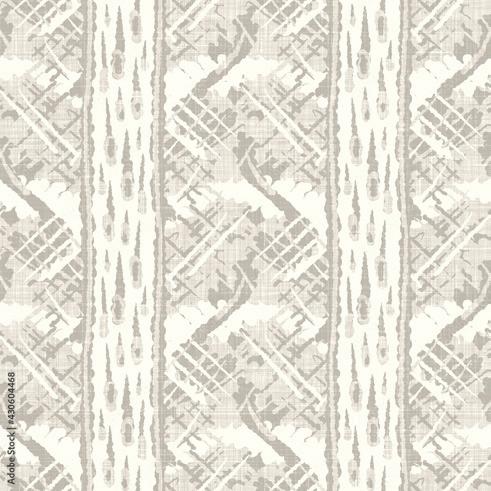
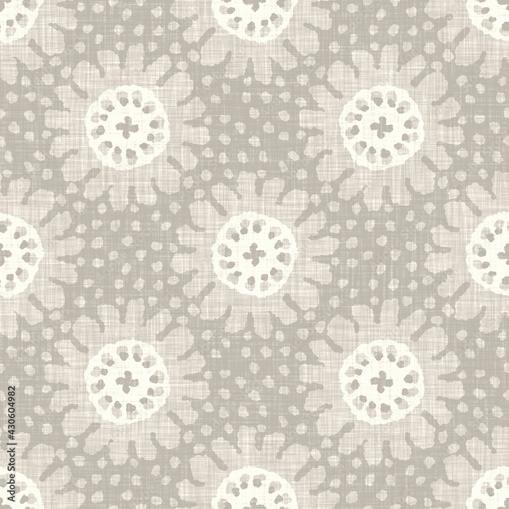
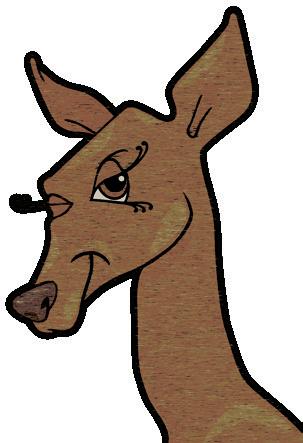

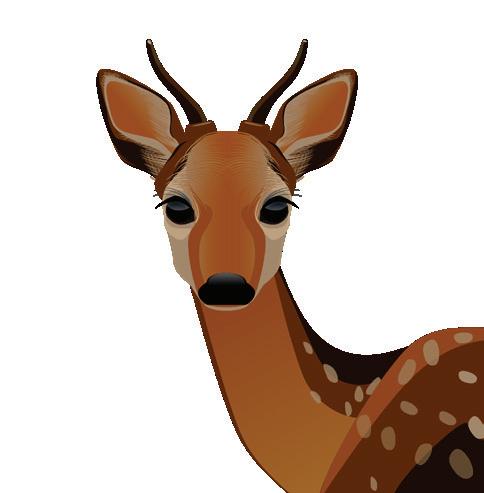

19 Multi State Magazine Advertising Pricing Guide ~2023 Advertising Packages~ To Order Advertising, Contact Our Customer Care Representative, Sam Uchytil at: deerassociations@gmail.com 320-905-2622 Fax: 435-359-5333 Find us on Face book: deersites * Quarterly recurring payment pricing available upon request www.deersites.com 435-817-0150 Buckaneer Package:* 36 ISSUES FOR 1 YR. (9 Publications x 4 quarters) - 15 State Associations $175 / Issue ($6300 ./ Yr) ~ Full Page $98 / Issue ($3528. / Yr.) ~ Half Page (55-58%Discountoffsingleadplacement) Doe-Re-Mi Package:* 16 ISSUES FOR 1 YR. (4 Publications of your choice x 4 quarters) $193 / Issue ($3088. / Yr) ~ Full Page $106 / Issue ($1696. / Yr.) ~ Half Page (50-54%Discountoffsingleadplacement) Yearling Package:* 4 ISSUES FOR 1 YR. (1 Publication x 4 quarters) $216 / Issue ($864. / Yr) ~ Full Page $ 118 / Issue ($472. / Yr.) ~ Half Page (45-49%Discountoffsingleadplacement) • Illinois Deer Farmers • Indiana Deer And Elk Farmers Association • Iowa Whitetail Deer Association • Kansas Elk and Deer Association • Kentucky Alternative Livestock Association • Minnesota Deer Association • Missouri Deer Association • New York Deer and Elk Farmers Association • North Dakota Deer Ranchers • Pennsylvania Deer Farmers Association • South Dakota Deer & Elk Breeders • Southeast Trophy Deer Association • United Deer Farmers of Michigan • Whitetails of Louisiana • Whitetails of Oklahoma



Science that delivers the health & productivity you require
SCIENTIFICALLY FORMULATED NATURAL SUPPLEMENT TO HELP GROW LARGE, HEALTHY DEER AND BIG ANTLERS!

Nutrient rich formula contains highly bioavailable ingredients, including our proprietary calcium/phosphorous complex with Antler D M, that are required to support body and bone growth, especially for fast growing bucks

Contains probiotics and targeted enzymes to support gut health and proper digestion
Available in pellet or powder that can be top dressed or mixed in feed. Great for antler growing season and young bucks, too
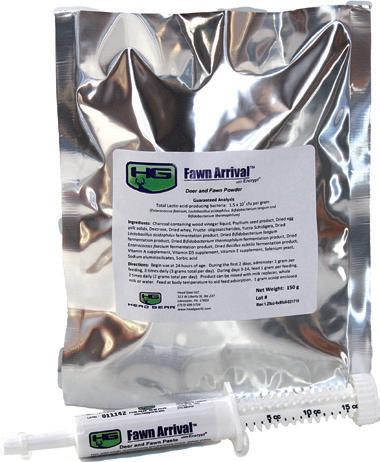
PeaceMaker™
PRECISELY FORMULATED TO HELP MAINTAIN A NORMAL AND RELAXED DISPOSITION IN ALL CERVIDS
Provides optimal levels of magnesium, Vitamin B1 and inositol to promote calmness and provide help for restless animals
Contains no herbals, tryptophan or chemicals, eliminating concerns of unwanted side effects
Use PeaceMaker to “keep the peace” during pre-rut, rut, transportation, weaning and anytime destructive behavior may occur
ENTERIC HEALTH FORMULA
POWERFUL SOLUTION FOR HEALTH & PRODUCTIVITY

Helps maintain digestive health and productivity
Contains micro-encapsulated probiotics, targeted enzymes and a novel fiber complex
Use in does before fawning, during lactation and all cervids during times of environmental stress
FAWN ARRIVAL™ POWDER & PASTE
HELPS PRODUCE HEALTHY, FAST GROWING FAWNS
Helps maintain normal digestive health
Supports a healthy immune system
Feed powder for 14 days to bottle fed fawns

Paste is ideal for fawns left on does

FAWN & DEER XTR™
ROBUST FAST RESPONSE FOR FAWNS & OLDER DEER
Innovative formula delivers max digestive support, especially in newborns
Rapidly delivers help for GI health and a functioning immune system
May also be used post-tranquilization to support healthy recovery
22
G FORC E™
Science Geared For Deer H ead G ear LL c 1383 arcadia road , suite 102 / L ancaster , pa 17601 p H one 717-509-5724 www . H ead G ear LL c . com scan to L earn more
VENISON MEATLOAF
This savory Venison Meatloaf recipe is delectably tender, perfectly seasoned, and lacquered in a rich and tangy sauce! This recipe will quickly become a favorite use of deer meat!

IngredIents
2 lbs ground Venison (blended with fat)
• 1 cup Breadcrumbs
• 1 cup Beef broth
• 2 Eggs (beaten)
• ⅔ cup grated Onion
• ¼ cup finely chopped Parsley
• 2 tablespoons Tomato paste
• 1 tablespoon Brown Mustard
• 1 ½ tablespoon Worcestershire sauce
• 1 ½ teaspoon Table salt
• ½ teaspoon Paprika
• ½ teaspoon Garlic powder
• ½ teaspoon Black pepper
• ¼ rounded teaspoon ground sage
Meatloaf Glaze
• ½ cup Ketchup
• 1 tablespoon Worcestershire Sauce
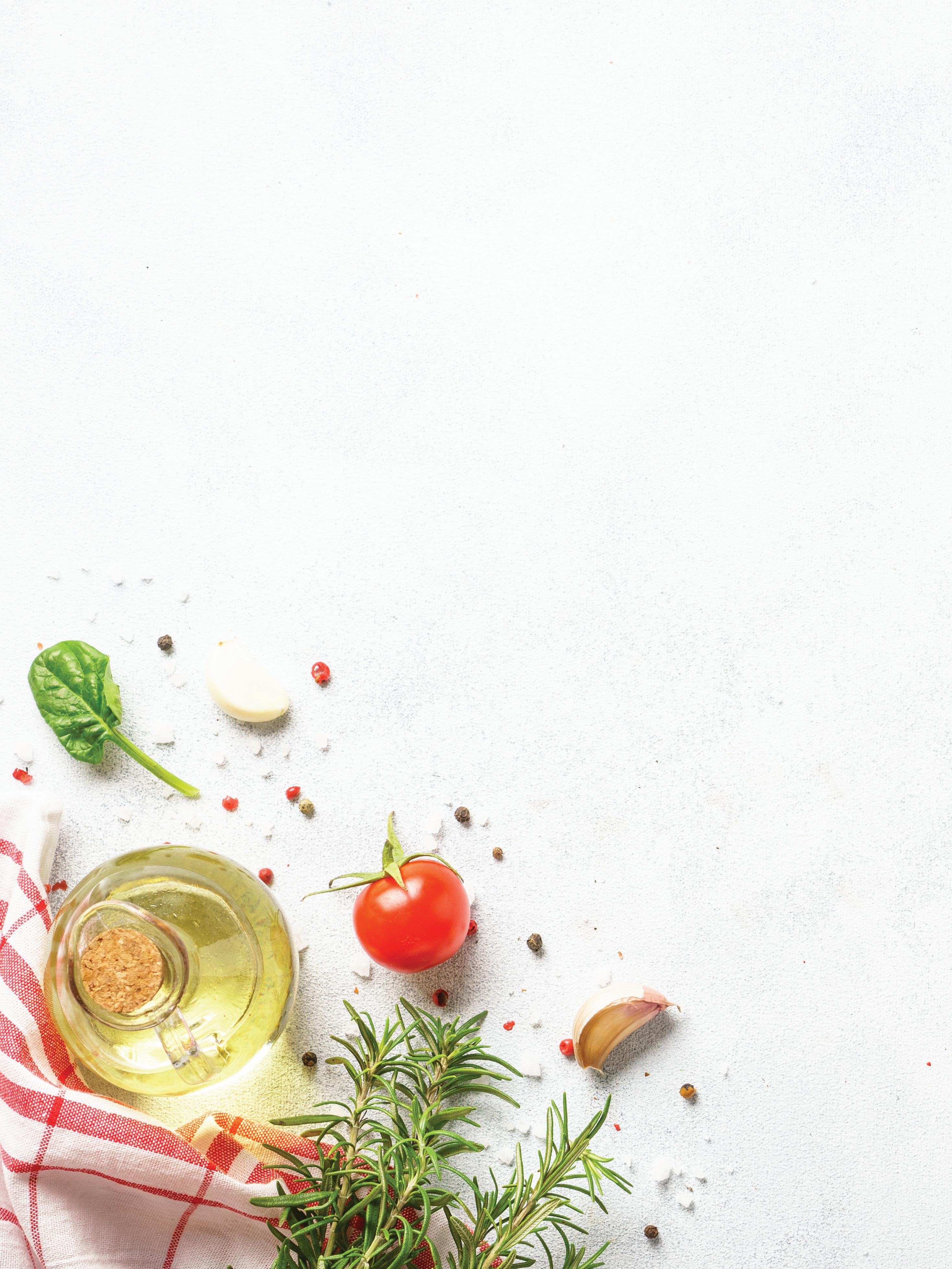
• 2 tablespoons brown sugar
InstructIons

Preheat oven to 350 degrees.
Cook Time: 1 hour 15 minutes
Total Time: 1 hour 23 minutes
Servings: 6
Calories: 383kcal
Gently crumble venison into small pieces and place into a large bowl. Sprinkle breadcrumbs on top.
In separate bowl combine remaining meatloaf ingredients and stir to combine.
Pour seasoning and liquid mixture into bowl with venison. Gentl y mix to combine with fingers, being careful not to overwork the meat.
Combine all ingredients for the glaze and paint a couple tablespoons onto the bottom of a loaf pan.
Place the meatloaf into the loaf pan and pour remaining glaze o ver the top of the meatloaf.
Place meatloaf in the oven for 75 minutes, or until the interna l temperature reaches 160 degrees.
Let meatloaf rest for 5 minutes and serve.
23
2023 MEMBERSHIP APPLICATION
NEW YORK DEER & ELK FARMERS ASSOCIATION
1023 Route 146 Clifton Park, New York 12065
Phone: 1-518-383-2200 E-mail: nydefa@nydefa.org
All memberships renew in March.
Please send your check, payable to NYDEFA, to the address above.
Please check the appropriate box. If one is not checked, the “Do not publish” will be used ◊Publish my information◊Do not publish
Name: __________________________________________________ Spouse/Partner:___________________________________________________
Farm/Firm:___________________________________________________________________________________________________________________
Address: ________________________________________________________________________ County:___________________________________
City: _____________________________________________________ State: _________________ Zip: ________________________________________
Business Ph.: (______) _______-___________ Home Ph.: (______) _______-___________ Fax:(______) _______-
E-mail*: ____________________________________________________ Website: _______________________________________________________ *Urgent updates are sent electronically, which allows us to expedite communication and decision making. Please provide.
Type(s) of cervid: ____
Type of Farm: Preserve/Scents/Breeding/Venison/Petting Zoo / Other: _____________________________






Veterinarian’s Name: _________________________________________________________ Phone:(______) _______-
Membership Level Cost Benefits
Active Member $50 Email notices, voting privileges, meeting minutes, and membership directory.
Friend of the Farmers $_______
Thoughtful donation.
Additional contributions are greatly appreciated.
~ Thank you for your support! ~
BENEFITS OF SUPPORTING NYDEFA
Quarterly Newsletter
E-mail updates on timely issues
NYDEFA National support and assistance

Northeast Cervid Marketing Cooperative Initiative
Numerous sales, marketing and networking opportunities
NY Farm bureau support, assistance and lobbying assistance
S T R E N G
24
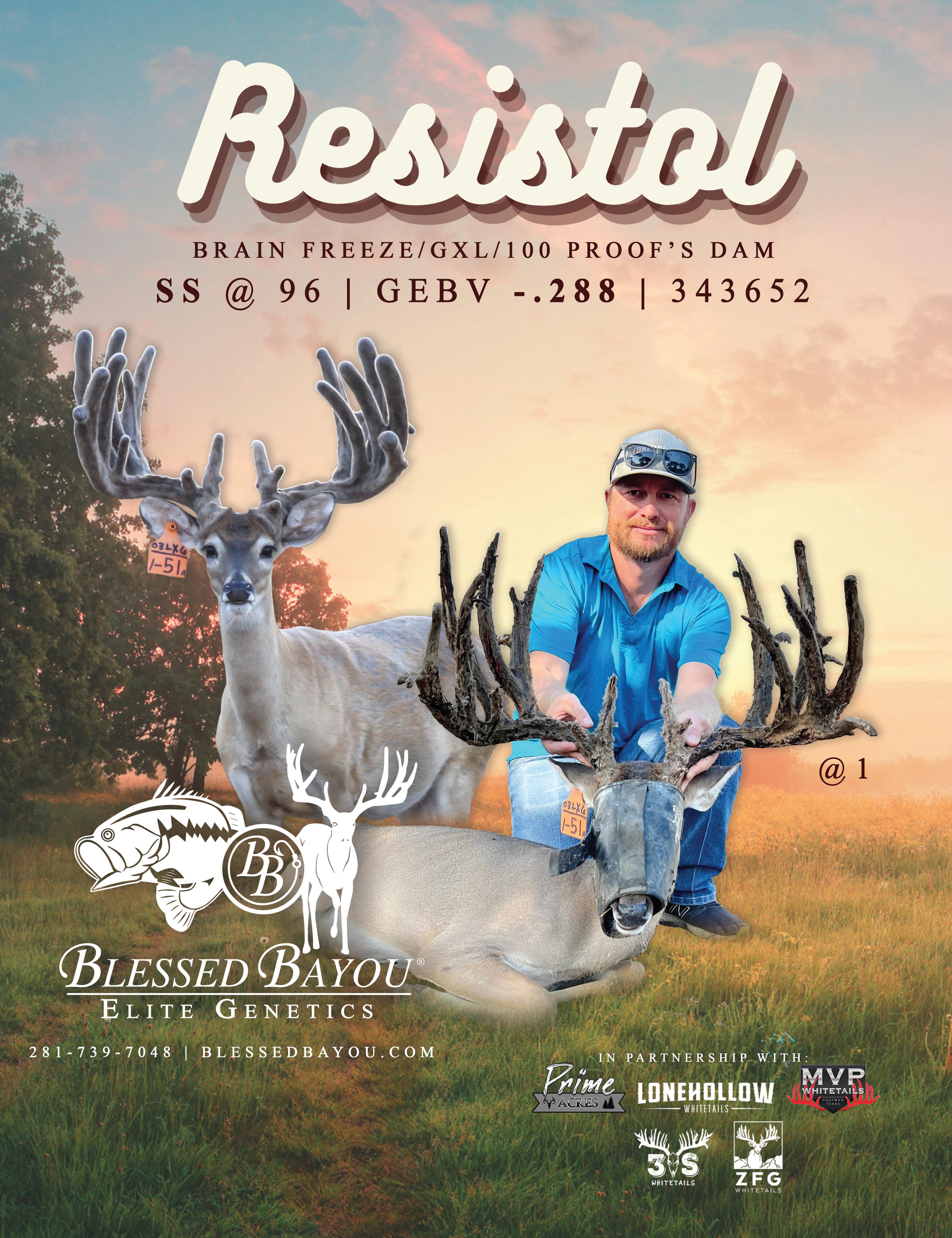
Meet the Team

Meet Our Customer Care Representative ~ Samantha (Sam) Uchytil
 By: Gail Veley
By: Gail Veley


entrenched in the industry, is anxious to help deer farmers reinvest in their business through advertising in state deer association magazines. Her journey began years ago when as a young girl, she held a bottle for her first personal deer, Mocha (a.k.a. Purple #3). In that moment, Sam, the daughter of Steve and Melissa Uchytil of Crow River Whitetails in Atwater, Minnesota, knew where her heart was leading her. Now, at age 29, Sam has recently stepped in to join the D & K Design Team as a Customer Care Specialist and bring even more breath and vitality to each quarterly deer association magazine.
“I’ve worked the registration desk at Minnesota deer association events for about 10 years and because of that, made a lot of friends,” Sam shared. “I love working with deer and the opportunity to be an active industry member in this new role.” Choosing Sam for the position came easily for D & K Design Magazine Editor Kathy Geisen, who felt that Sam’s ability to connect and relate to those in the industry made her a perfect fit.

very personable,” Geisen said. “Whether you have been in the industry for a long time or are a newcomer, Sam can relate to your goals and needs.”

While the goal of advertising is to showcase your products and services, it’s also to maintain a consistent presence to those seeking what you have to offer. “I’m excited and feel very fortunate to make this my full-time endeavor,” Sam said. Thus far her favorite ads are those featuring bucks, followed by ads pertaining to antler replication, food plots and nutrition.
When she isn’t working with clients, she enjoys long-distance competitive running, gardening, maintaining an orchard at her cozy 500-square foot home in New London, Minnesota and spending time with her three dogs. They include her chihuahua “Lucky,” a heeler mix named “Ringo” as well as a husky/ shepherd mix named “Finn.” Sam also enjoys spending considerable time at Crow River Whitetails, hanging out with hunters and seeing the results of their hunts. While she
small game such as rabbits and squirrels. As she sets her sights on her next hunting adventure, she also is setting her schedule to attend future industry events and expanding her circle of friends and clients whether they be from Florida, Texas, Michigan, New York and everywhere else in between.
“This is a dream come true for me,” Sam said. She can be reached by calling or texting her at 320-905-2622 or emailing her at samuchytil@gmail.com. “I’m looking forward to working with all of you.”
Give Sam a call or email her: deerassociations@gmail.com 320-905-2622
Our ‘Meet the Team’ series continues!
Each member of our D&K Design publishing team will contribute an article. New team members and existing will update our viewers on what goes on in the back ground of these published newsletters. Stay tuned!
Look forward to meeting you! ~ Sam
“Mocha”

INCREASING FAWN SUCCESS ADVICE FROM EXPERIENCED EXPERTS
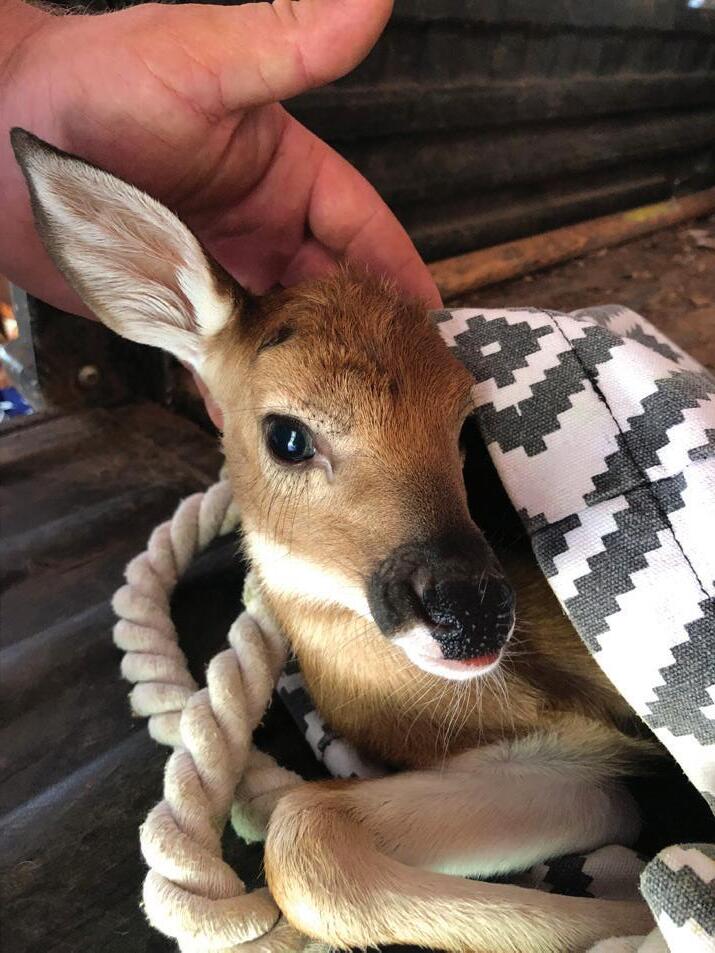
 By: Gail Veley • Sponsored by WOO
By: Gail Veley • Sponsored by WOO
Jodi Ezell quietly pauses outside one of her deer pens in the spring twilight, watching and waiting for signs of does ready to deliver fawns. A few does have already started pacing and instinctively creating a safe haven by chasing off other does. However, Ezell is looking for one specific thing as she shares the cool evening with the herd she and her husband Chris raise at Dangerous Whitetails of Oklahoma in Adair, Oklahoma. She is looking for any does with tails lifted and actively pushing, as this starts the countdown for safe fawn arrival. “I give them about an hour of active pushing,” Ezell explained. “If nothing has happened by then, I go in to assist.” Assisting means reaching deep inside the womb, feeling for fawns and helping to pull them out. While an inevitable set of twins is usually the norm, a doe’s history may point to the potential for triplets or quads or perhaps the rare arrival of quintuplets and the necessity to not stop investigating after two.
As these delicate lives receive their first breath of earthly air, Jodi and Chris, who have been through at least 12 fawning seasons, are already taking stock of each fawn and keeping a watchful eye. After 12 hours next to their mother’s
side to ensure colostrum intake, each fawn has hair pulled for a DNA sample, is tagged and given medication. Afterwards, doe fawns and struggling buck fawns are brought inside the Ezell’s bedroom, placed in baby pens and given additional goat colostrum. They will spend the next week receiving a bottle three times a day before being moved to the farm’s fawning facility. Once there, they are introduced to grain as a supplement to their regular schedule of pasteurized goat’s milk, although other farms may opt to bottle feed formula instead. “Around week three we start to feel like their survival rate is more guaranteed,” Ezell said. “By watching them this close for the first three weeks, we are eliminating some of the potential for Mother Nature to do them harm.” This could include the development of scours or even the failure early on to intake enough colostrum to ensure survival.
While fawn arrival may be one of the most rewarding times of the year for deer farmers, it can also be a time when farmers collectively hold their breath as they work to safeguard their health and survival. Although born precocial and able to ambulate practically from the moment they arrive, fawns can also be extremely fragile and may require dedicated care in order to grow into thriving and healthy adult deer.
In addition to proactive fawn care from the moment they arrive, ensuring fawns get the best head start begins with the care of the expecting doe, explains Matt Owens, owner of After Shock deer supplements and Rack Star Whitetails in Sullivan, Missouri. After having been through nine fawning seasons on his farm, his first preparations involve vaccinating all expectant does on March 15th for pneumonia, fusobacterium and clostridium C and D, common cervid
diseases known to cause herd and fawn mortality. A booster shot given on April 5th for each is another safeguard to increase doe antibody levels and allow for the passive transfer of antibodies from mother to baby, he emphasized. “The most important part of preparing for healthy fawns is to have a proven vaccine program and proven feed program for your expectant does,” Owens emphasized. While these measures certainly point to an increase in fawning success “some fawns are still born sick,” Owens said. “Another measure to decrease these odds is to make sure pregnant does also have a good vitamin and mineral program. When you do, fawns are generally born bigger and healthier. Fawns are born with no immune system and not until the 90-day mark do they really develop one. They need all the protection you can give them, including vaccines, until that 90-day mark.”
28















 Dana Hoover, Owner of Mountain Side Whitetails
Dana Hoover, Owner of Mountain Side Whitetails





 By: Gail Veley • Sponsored by SETDA
By: Gail Veley • Sponsored by SETDA


























































































 By: Gail Veley
By: Gail Veley






 By: Gail Veley • Sponsored by WOO
By: Gail Veley • Sponsored by WOO

